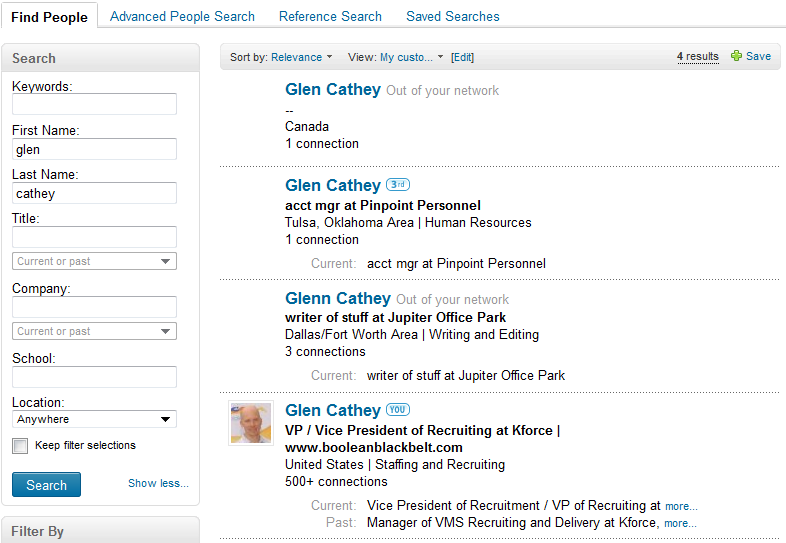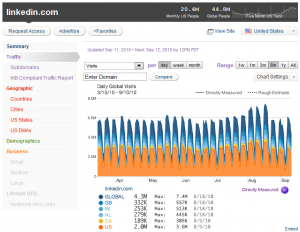When I spoke at the LinkedIn Talent Connect event last year, I dropped a big question on the 500+ audience:
“What’s your informational and competitive advantage when you all have access to the same people?”
Think about it.
If you have a LinkedIn Recruiter account (over 55% of the Fortune 100 do!), you have access to view any and all LinkedIn profiles.
So do your competitors that are hunting to identify and recruit the same talent.
Regardless of your LinkedIn account type (Free, Business, Business Plus, Executive, Pro, Talent Basic, Talent Finder, Talent Pro, or Recruiter), you still have access to viewing any and all public profiles, although you just might have to jump through some flaming hoops with a small network and a free account. :-)
So now I will ask you – if the majority of sourcers, recruiters and human resources professionals in the world use LinkedIn for sourcing and talent acquisition (there’s nearly a million!), what’s your competitive advantage over your rivals? Continue reading

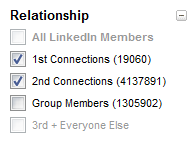


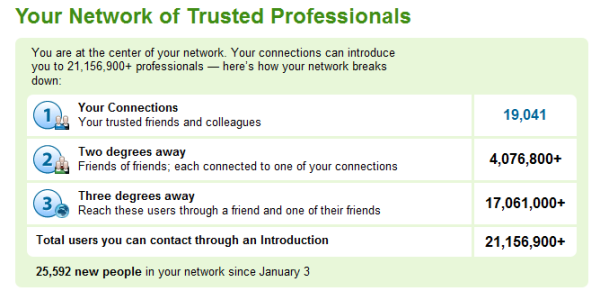
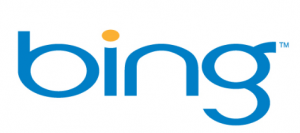



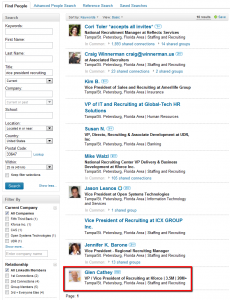

 Did you attend the
Did you attend the  I’m not sure how many people read LinkedIn’s blog, but from the looks of my heavily recruiting-laden online social network, not many recruiters in my network do. At least I don’t see people in my network chatting about what LinkedIn just decided to share with the world, which is surprising to me given how cool it is. Hopefully this post will correct that. :-)
I’m not sure how many people read LinkedIn’s blog, but from the looks of my heavily recruiting-laden online social network, not many recruiters in my network do. At least I don’t see people in my network chatting about what LinkedIn just decided to share with the world, which is surprising to me given how cool it is. Hopefully this post will correct that. :-) I recently wrote about
I recently wrote about 
 I had an associate with a free LinkedIn account contact me late last week complaining about how he could no longer see the full names of his LinkedIn search results for 3rd degree connections – his results only showed the first initial of the last name. Furthermore, he claimed that LinkedIn had started charging for the ability to see the full names of 3rd degree connections in search results.
I had an associate with a free LinkedIn account contact me late last week complaining about how he could no longer see the full names of his LinkedIn search results for 3rd degree connections – his results only showed the first initial of the last name. Furthermore, he claimed that LinkedIn had started charging for the ability to see the full names of 3rd degree connections in search results. Have you ever wondered where you rank in the search results when other people search for you or people like you in LinkedIn?
Have you ever wondered where you rank in the search results when other people search for you or people like you in LinkedIn?